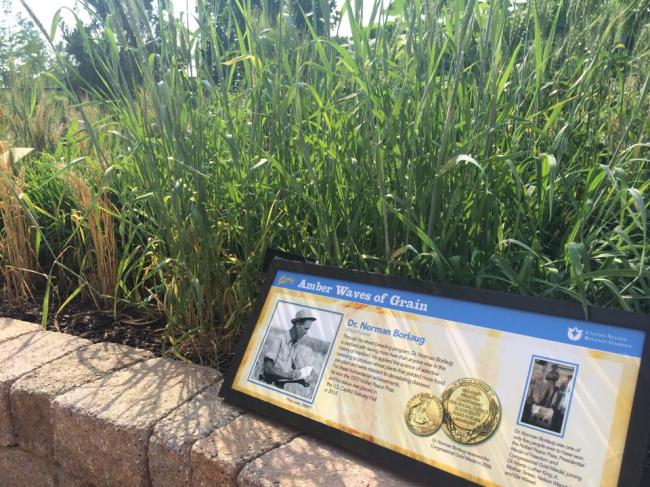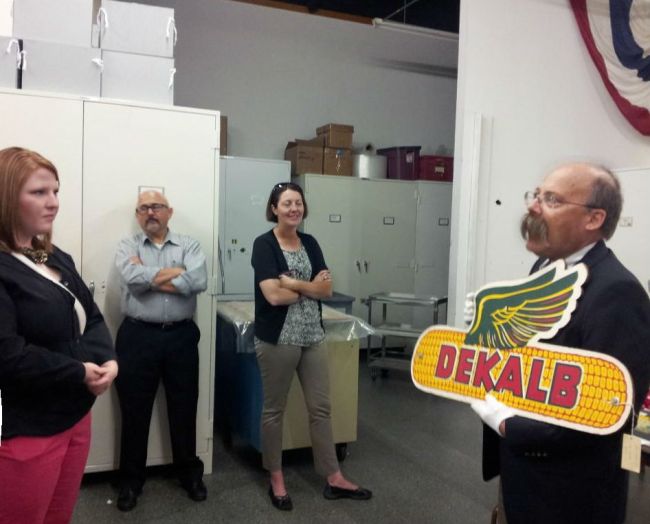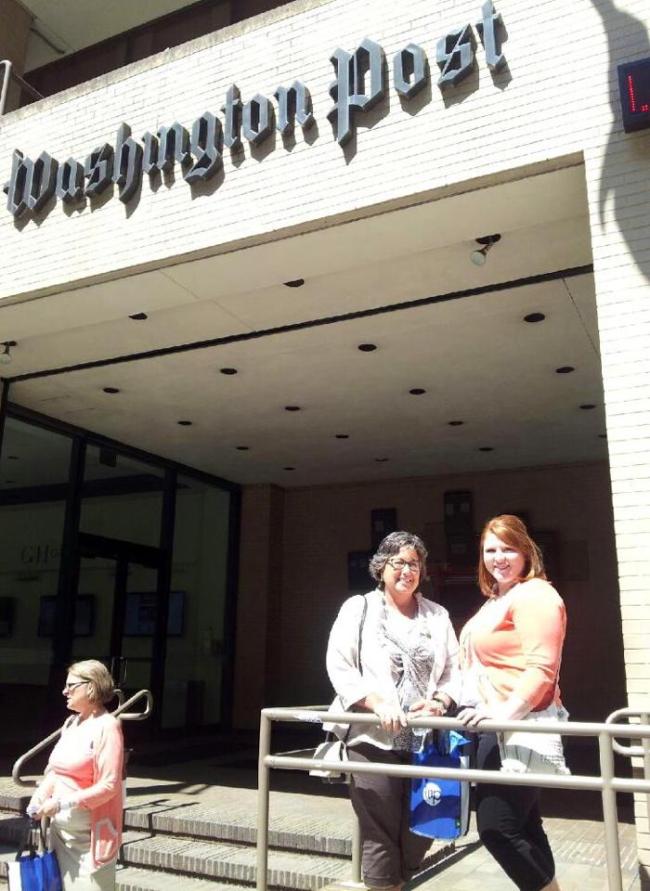By: Paige McFarland; Intern
After a trip to Lawrence Kansas last summer I found myself asking who is Monsanto? I was driving out of the Target parking lot where I saw a STOP sign accompanied with the word ‘Monsanto’ underneath. This honestly just confused me at first. I started thinking to myself- they are just seed dealers, right? I looked into the ‘March Against Monsanto’ movement a little more that summer and familiarized myself with the company itself and what their overall mission statement was. Upon doing my research, I asked family and friends who follow me on Facebook one simple question. I said ‘What is one word that comes to mind when you hear Monsanto?’ I got over 30 different answers- that is what you will find in the word collage above. My initial thought was that I would have ag people giving mainly ag responses. I was extremely excited when I got feedback from people with differing opinions. This wordle above has every response, so you can see that there were some differing opinions. I felt like it needed to be addressed- why are there so many different opinions?
After cruising through numerous Anti-Monsanto websites I found the Monsanto mission statement:
“Monsanto employees are 100 percent focused on agriculture – breeding seeds and developing products that help farmers produce more food, feed and fiber while conserving resources like soil and water. As a technology innovator and global leader, we are committed to: assuring the safety and quality of our products; promoting a culture of integrity through our business conduct; and supporting initiatives and organizations with similar aims.” (www.monsanto.com)
Then I came across the site for ‘March Against Monsanto’ where their mission statement says:
“Calling for further scientific research on the health effects of GMOs. Holding Monsanto executives and Monsanto-supporting politicians accountable through direct communication, grassroots journalism, social media, etc. Continuing to inform the public about Monsanto’s secrets. Taking to the streets to show the world and Monsanto that we won’t take these injustices quietly. We will not stand for cronyism. We will not stand for poison. That’s why we March Against Monsanto.” (www.march-against-monsanto.com)
What is the common ground here? What do these two entity’s have in common?
They both want a safe and abundant food source. As foodies, moms, families or food consumers of any type, we want to know what we are eating. I grew up on a small family farm in Eastern Kansas so you could say that I know the struggles of a being part of a small family operated business. On the contrary, I am also a grocery shopper so I know the struggles of choosing what is best for me to eat at the store.
After listening to Robert Fraley, the 2013 World Food Prize winner and also the Chief Technology Officer for Monsanto, I again, stand assured that our food source is safe and nutritious. According Fraley’s talk, biotechnology has been approved in 37 countries. There has been study after study done to ensure the safety of GMO crops not only by the regulatory agencies in the United States, but also to over 40 other countries due to the amount of grain we export.
There are activists who have their strong beliefs and probably can’t be swayed by the truth. However, there are millions of moms, dad, brothers and sisters who hear the anti-GMO message and truly have questions. There are many farmers who use these products who are ready to share their own stories about how and why they use GMO crops. There are many credible scientists who can speak to the safety of GMOs. Let’s open a discussion and create better understanding.
For more information you can visit any of the following sites:




